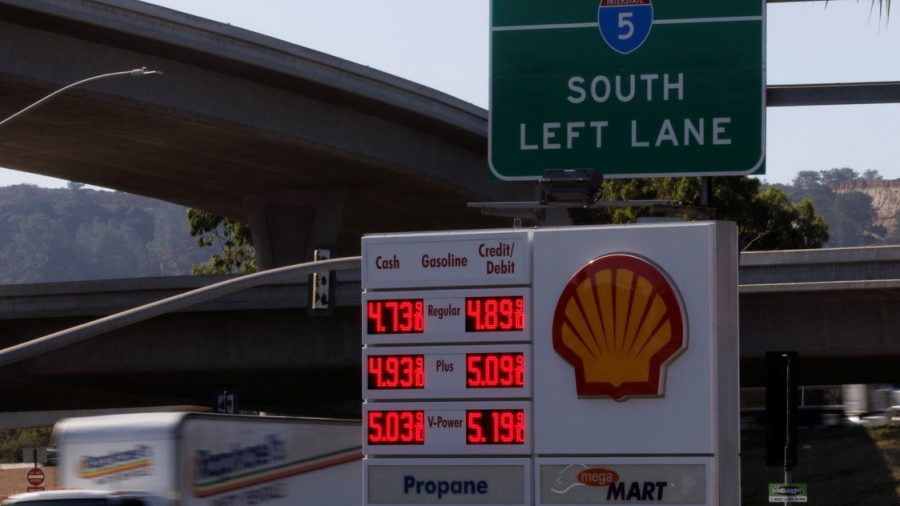Inflation in America
November 19, 2021
Due to the pandemic, America is experiencing the biggest inflationary spike it’s had in decades. The continuous raise in prices is proving to be a challenge to the Biden presidency. Policy makers are struggling to find a solution to the rise in consumer demand that is being disrupted due to low supply. This is causing an increased cost in necessities such as food, housing, and gas. Prices have risen over 6% since October of last year (2020). This issue has affected investment decisions for businesses nationally along with political challenges that the President must face in the White House. What will happen to the economy is uncertain due to inflation being caused by the pandemic. Past data is not useful for making choices on how to proceed. There has been an increase of American consumers purchasing more goods than ever before. Global supply chains have been struggling to accommodate the growth of demand. Higher prices have appeared throughout important parts of the economy. Gas prices are currently at a seven-year high due to a global energy crisis. Food prices are at a twelve-year high due to severe draughts and restaurant re-openings. Lean meat and poultry prices have risen twelve percent compared to one year ago, making them the highest prices since 1979. One of the leading causes for the inflation is the struggle to find employment.
The timeline of the inflation remains a mystery. “Nobody has a clear enough crystal ball to say if this will be the peak or if it’s going to keep accelerating,” said economist at Dartmouth College, Matthew J. Moderate Slaughter. A moderate level of inflation price can cause more businesses and households to change their expectation and opinions on price. Political problems in the white house and for Democrats will only become greater the longer inflation lasts.
Fortunately, economists say that these upwards trends will not exist forever. The rise in demand created by pandemic relief will gradually end. Global supply chains will go back to normal as more people receive vaccines and the pandemic ameliorates. Arindrajit Dube, an economics professor at the University of Massachusetts Amherst said, “It’s safe to say the bottom 40 percent of Americans are definitely better off in the last year from a combination of rising wages and government aid, even with inflation.”












